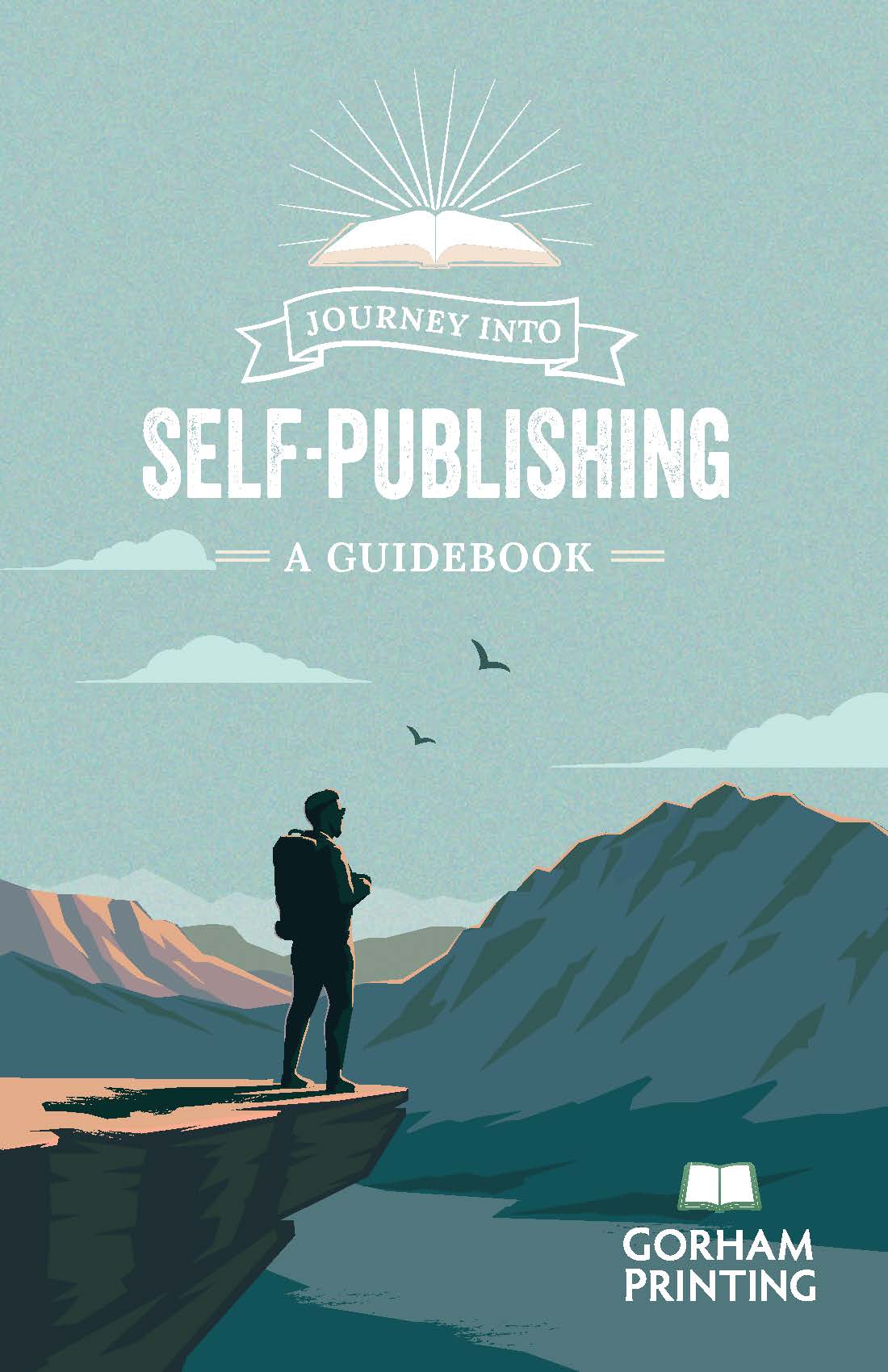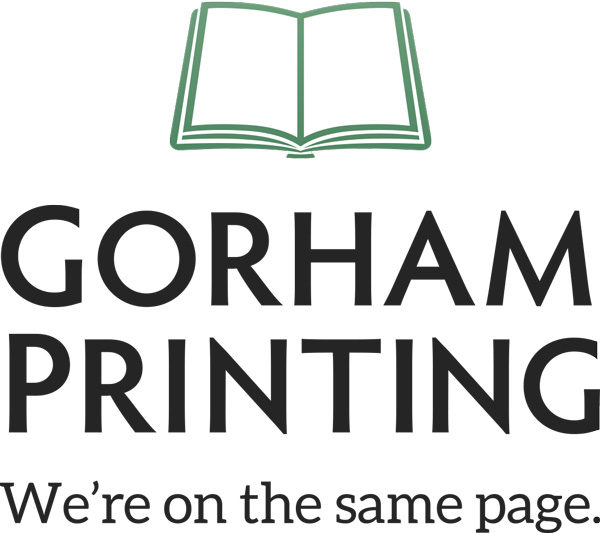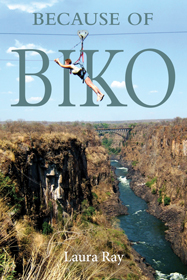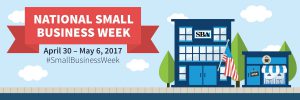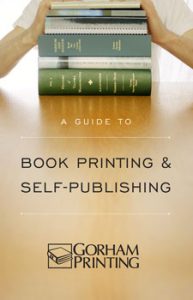Before I joined the Gorham Printing team, I had some experience printing my own books as gifts and creative projects, and found myself swimming in a sea of options. I had worked at bookstores and seen thousands of books, so I knew what I wanted mine to look like, but I wasn’t quite sure how to communicate that to the printers. There were more options than I realized, and all of those options had consequences I didn’t fully understand.
Now that I have more experience with book printing, I have a better idea of what I’m looking for, but if I had to go back and start fresh, this is what I’d tell myself about finding the right book printer for a project.
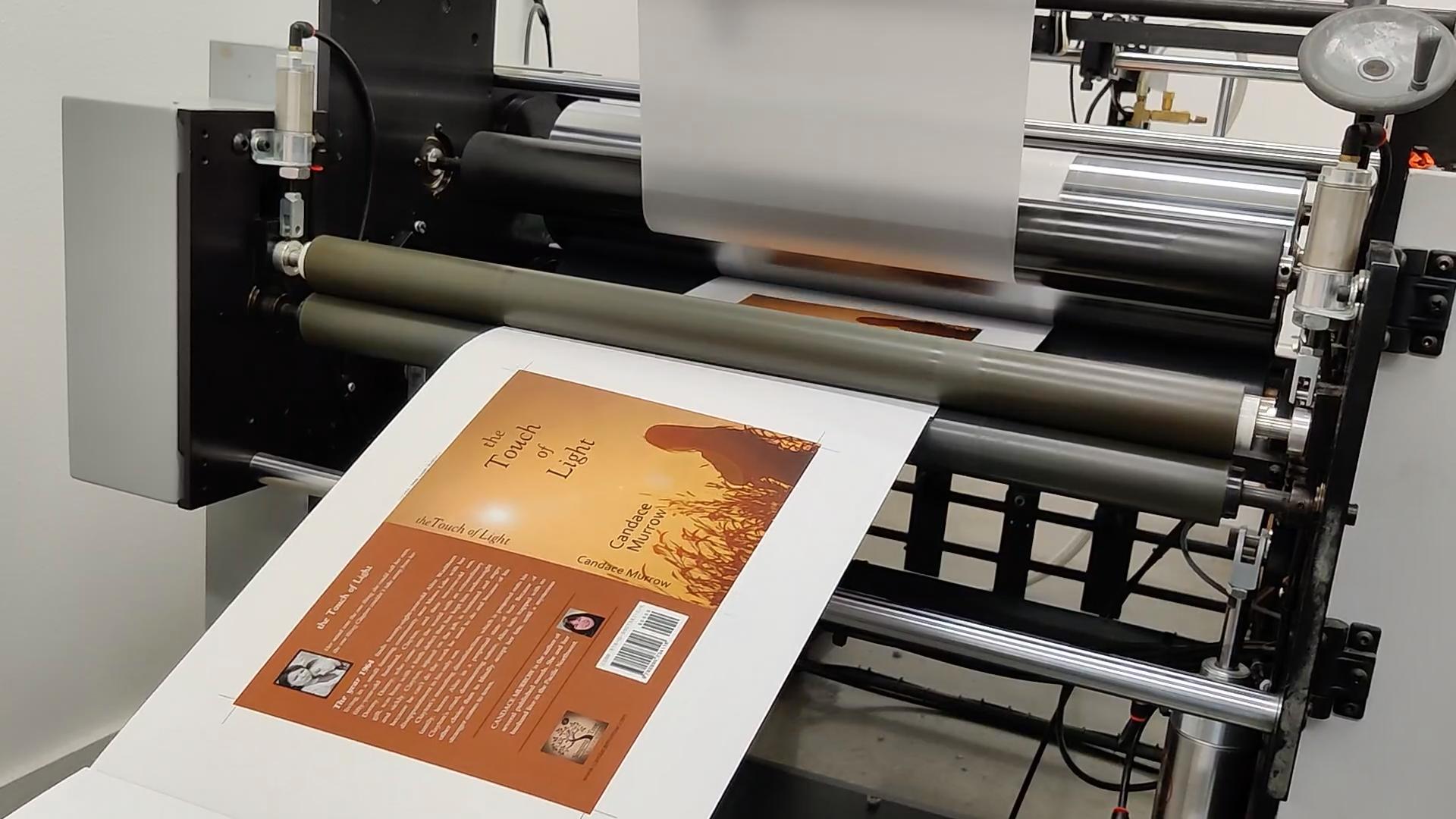
1. Type of Printing
Every printer is different, but there are different categories of printing, and if you know what you’re dealing with, you can better anticipate what the process will look like. There are three key words to look out for.
Print-On-Demand. This is the kind of printer I worked with for my first book. These printers are fast and flexible. The real benefit of print-on-demand is that they can print one or two books at a time, whenever you need. Because they print quickly, the quality is not always excellent, and the options may be limited.
Offset Printing. If you’ve picked up a book at Costco or Target, chances are, it was printed using offset printing. Offset printing presses are suitable for printing thousands or hundreds of thousands of books. It has a high set up cost because it involves metal plates being made for your book, so if you only want a hundred books, offset printing will break the bank. But if you’re looking to print a hundred thousand, offset printing is the way to go.
Short Run Printing. Short run printers are perfect if you want high quality books but don’t want ten thousand of them. With quality similar to offset printing, short run printing usually takes a little longer than print-on-demand, but the end result is a longer-lasting book. These kind of printers will sometimes have more options than POD (print-on-demand) because POD printers streamline their options to keep their production times fast.
2. Production Timelines & Quality
When I ordered my first book, I needed it quickly. It was a present and I had procrastinated. So I was excited when I saw I could have my books in as little as a week through a POD printer.
For my latest book, though, I planned ahead and went with a short run printer. There are a lot of reasons, but one of the big ones is quality. Sometimes quick is critical, and this works perfectly for many projects. When you look at production timelines, it’s important to remember that the timeline can speak to the quality.

3. Finished Product
One thing I really wish I had known when I started printing books is to ask for a sample. At the time, I thought it’s paper and text; how many options are there?
The answer is a lot.
From the quality of paper to the type of printers used to create your book, each component has an effect on the finished product. Depending on the book printer you work with, the same files and book could come out any variety of ways. When I started printing, I had a specific feel I wanted for my books, but didn’t even know the questions to ask to see if that was possible. The best way to get a sense of the quality of your finished book is to request a sample of a similar book the company has printed. This will let you test the strength of the binding, the quality of the paper, and the way the book feels in your hands. You can also use it as a jumping off point to ask questions about the ways you want your own book to be different or similar.
Closing Thoughts on How to Pick a Book Printer
As a writer, I know that a book is the result of hard work, many cups of coffee, endless rants, and who knows how many sleepless nights. Writers work hard, and giving that hard work to a book printer can be nerve-wracking. For any writer, I would suggest picking a printer—specifically a book printer—you can work with long term who will help you find the right options for your book. If you’re not sure about whether a certain printer is right for you, the best way to find out is to give them a call and ask.
